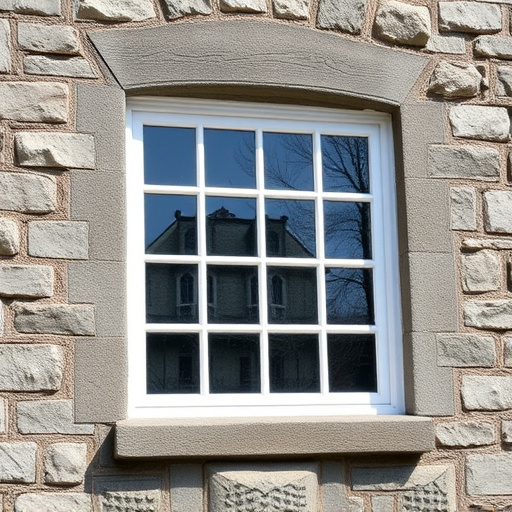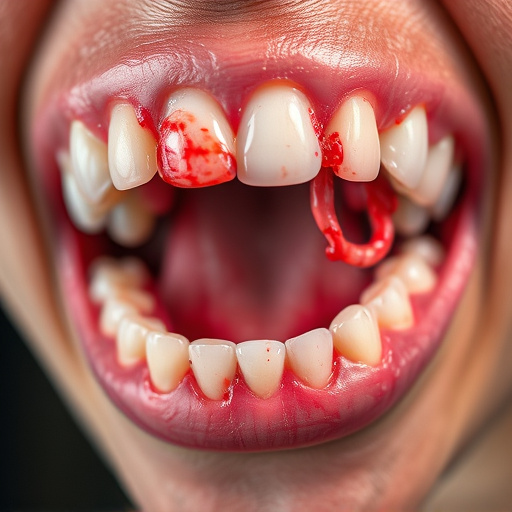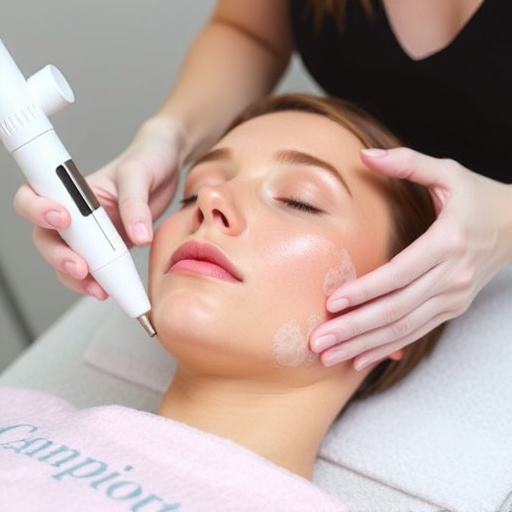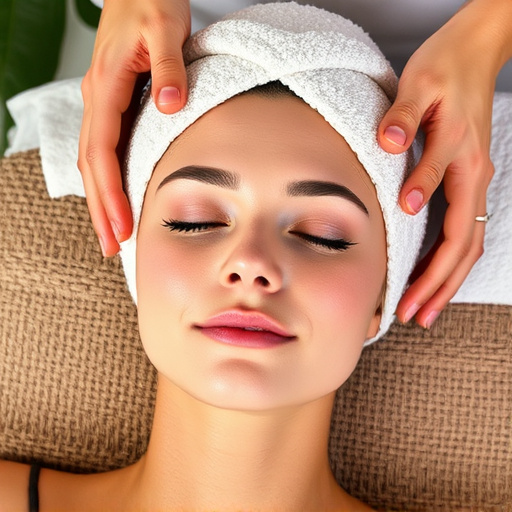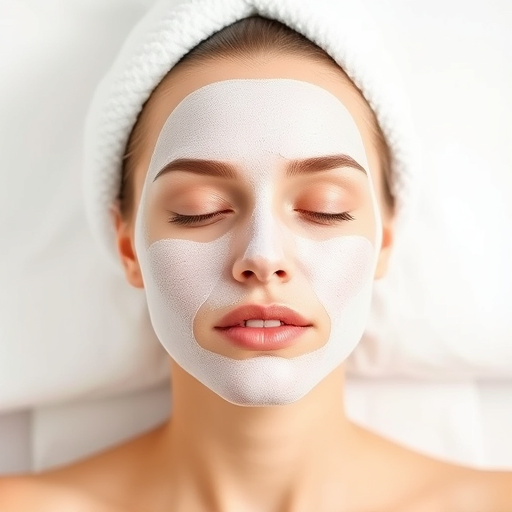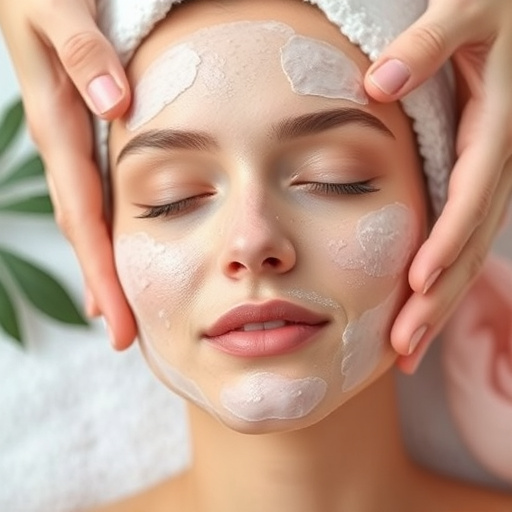A glycolic acid peel is a non-invasive skincare treatment using fruit sugar-derived acids to exfoliate and rejuvenate skin by removing dead cells and unclogging pores. Effective for rough textures, fine lines, wrinkles, and mild acne scars, the process begins with cleaning and ends with applying the acid solution, which breaks down dead skin cells, encouraging collagen production for smoother, brighter, and more even-toned skin. Regular use can improve overall skin texture, reduce signs of aging, and enhance hydration. Multiple sessions are often required, and while generally safe, side effects may include temporary redness or peeling; sunscreen use is recommended post-treatment, and individuals with active acne or specific conditions should consult a dermatologist.
“Unlock the secrets to a glowing complexion with the power of a glycolic acid peel. This transformative treatment has taken the skincare world by storm, offering a non-invasive way to rejuvenate the face, neck, and chest. In this comprehensive guide, we’ll explore the fundamentals of glycolic acid peels, revealing their myriad benefits, application techniques, and essential precautions. Prepare to dive into a smoother, brighter skin journey.”
- Understanding Glycolic Acid Peel: The Basics
- Benefits of Using Glycolic Acid Peel for Face, Neck, and Chest
- Application, Precautions, and Potential Side Effects
Understanding Glycolic Acid Peel: The Basics
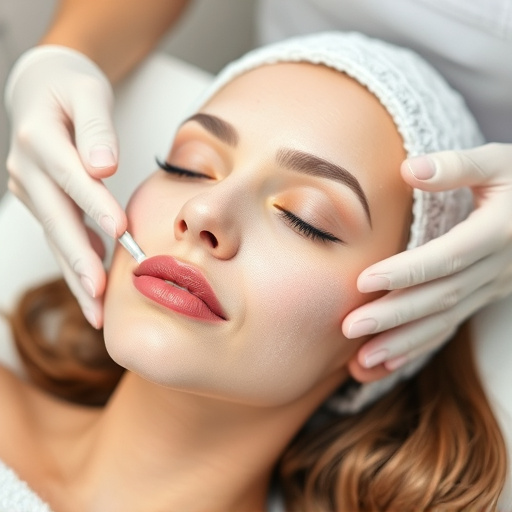
A glycolic acid peel is a popular skin treatment that involves applying a chemical solution containing glycolic acid to the face, neck, or chest. This acidic substance, derived from fruit sugars, helps to exfoliate and rejuvenate the skin by removing dead skin cells and unclogging pores. It’s a non-invasive procedure, often used as an alternative to more aggressive treatments like laser resurfacing, making it suitable for individuals seeking gentle yet effective skin rejuvenation.
This peel works best for those with rough or uneven skin textures, fine lines, wrinkles, or mild acne scars. The process starts by cleaning the target area, followed by the application of the glycolic acid solution. As the acid works its way into the uppermost layers of the skin, it gently breaks down and dissolves the bonds holding dead skin cells together, allowing for their removal. This stimulation also encourages the production of collagen, a protein vital for maintaining youthful-looking skin. After the peel, many people experience improved skin texture, enhanced brightness, and a more even complexion—a sure sign of effective skin rejuvenation.
Benefits of Using Glycolic Acid Peel for Face, Neck, and Chest
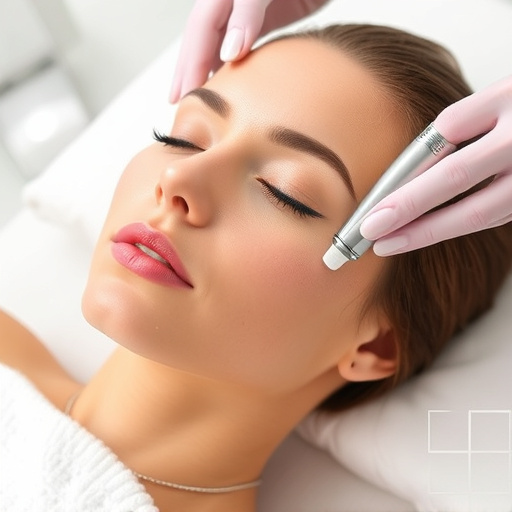
Glycolic acid peel is a popular skin treatment that offers numerous benefits for the face, neck, and chest areas. This chemical exfoliant works by removing dead skin cells, revealing smoother, brighter, and more even-toned skin below. Regular use can help unclog pores, reduce the appearance of fine lines and wrinkles, and enhance overall skin texture.
In terms of skin health, glycolic acid peel is especially effective in promoting a radiant complexion. By gently sloughing off damaged skin cells, it allows for better absorption of moisturizers and other skincare products, resulting in enhanced hydration and a more youthful glow. Additionally, its anti aging treatments properties make it a go-to choice for those seeking to minimize the signs of aging, making it a valuable addition to any skincare routine or medical spa services.
Application, Precautions, and Potential Side Effects
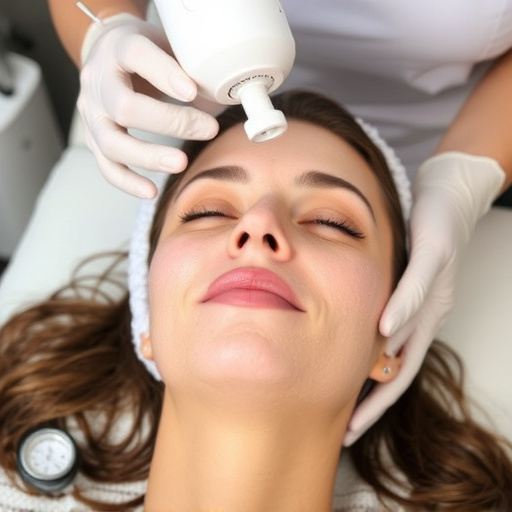
Application: Glycolic acid peel treatment typically involves preparing the skin with a cleanser and applying a thin layer of the acid solution to the desired areas—face, neck, or chest. A healthcare professional or dermatologist will gently buff or wipe away dead skin cells after a set duration, revealing smoother and more radiant skin underneath. This process can be repeated over several sessions for optimal results.
Precautions and Potential Side Effects: While glycolic acid peels are generally safe when administered by professionals, it’s essential to follow their instructions closely. Sun sensitivity may increase post-treatment, so using sunscreen is crucial. Some users may experience temporary redness, itching, or peeling—all normal side effects. However, severe reactions are rare. Those with active acne, certain skin conditions, or taking specific medications should consult a dermatologist before attempting any chemical peels, including glycolic acid treatments, to ensure safety and effectiveness as these procedures are not suitable for everyone.
Glycolic acid peels are a powerful tool for achieving smoother, more radiant skin. By exfoliating dead skin cells and unclogging pores, these treatments can significantly enhance the appearance of face, neck, and chest areas. While generally safe when applied correctly, it’s essential to follow precautions and be aware of potential side effects. With proper care, glycolic acid peels offer a non-invasive approach to revealing healthier, more youthful-looking skin.





